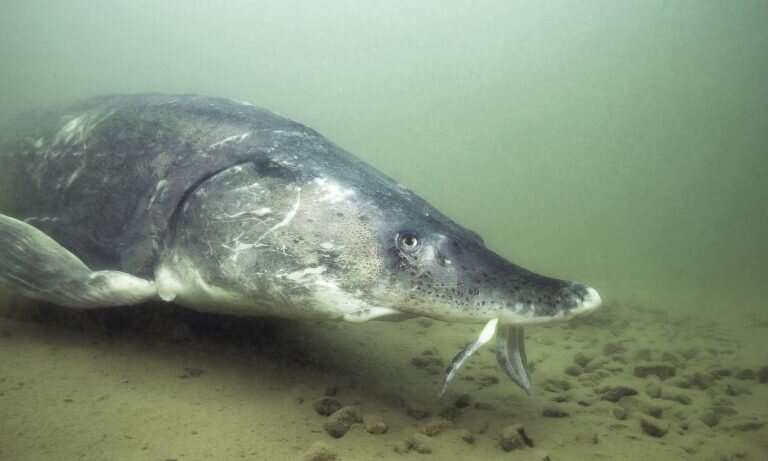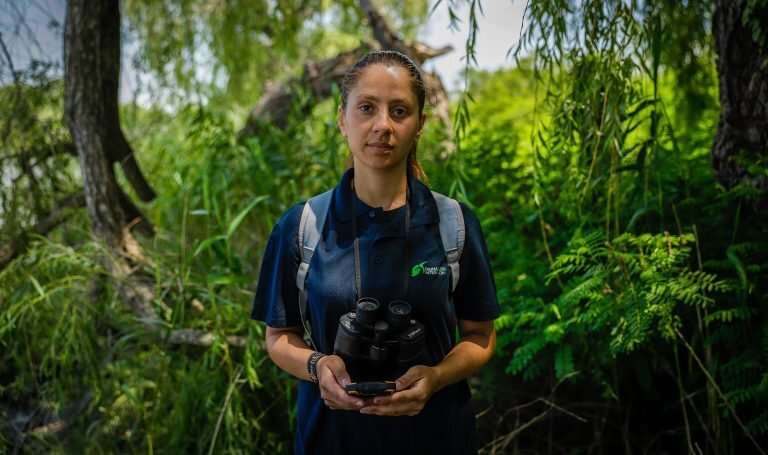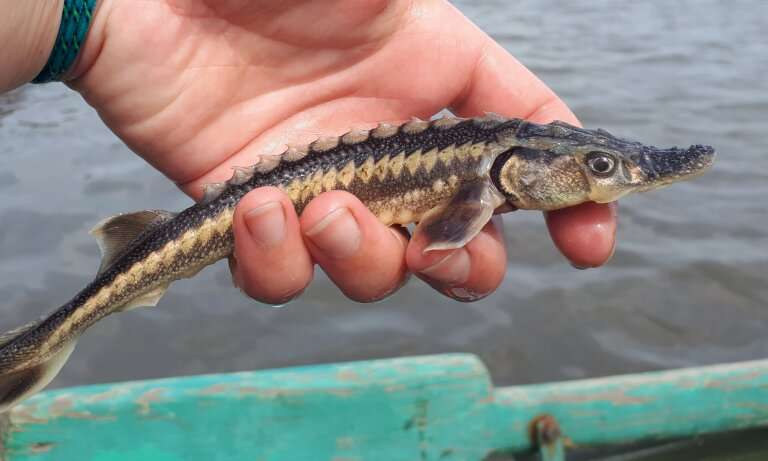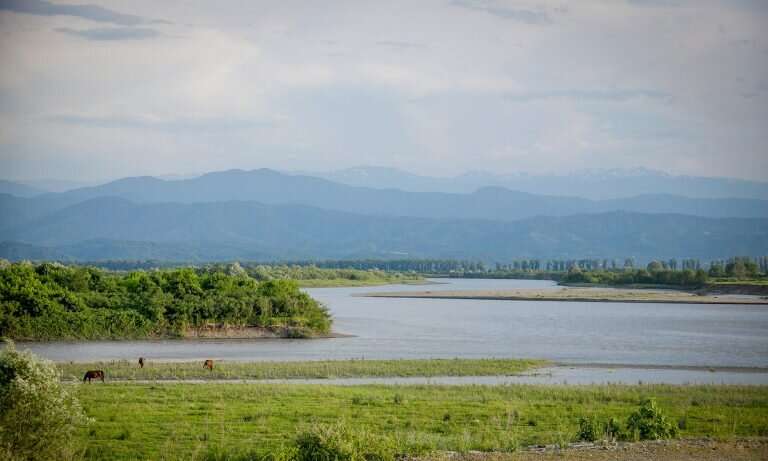The great sturgeon is the third largest bony fish on the planet and the source of highly prized beluga caviar. Credit: bigstockphoto
Depending on your political affiliation, the words "Sturgeon in peril" may fill you with delight, despair or indifference. For those of us at Fauna & Flora International (FFI), however, this kind of headline is already old news.
For longer than we care to remember, we have marveled at the survival instincts of a character that has literally been around since the time of the dinosaurs and, until relatively recently, has shown little sign of being ready to leave the stage. But we have always known that a sturgeon-free world was a real possibility, and warned repeatedly that time was running out even for this archetypal born survivor. For the avoidance of doubt, we're talking about a fish.
Caviar with a caveat
Before we analyze where it all began to go wrong for this creature from the Cretaceous, it's worth reminding ourselves about some of its more remarkable characteristics.
Sturgeons are an example of so-called 'living fossils' – a reference to how long these extraordinary fish have graced the planet. There is certainly something prehistoric about their appearance, an impression reinforced by their beady eyes, barbels and their built-in body armor in the form of bony external plates, known as scutes.
This giant among freshwater fish can reach gargantuan proportions. The largest sturgeon species can attain a length of eight meters—that's longer than a minibus—and weigh up to one-and-a-half tons.
One of our many citizen inspectors photographed by the banks of Georgia’s Rioni River. Credit: FFI
These fish are renowned for their highly prized roe, which is widely harvested, cured in salt and sold for eye-watering sums of money, particularly in Russia. But this caviar comes with a caveat; the sturgeon is paying an even higher price for the popularity of its eggs.
There is no group on the planet more endangered than the fish collectively known as sturgeon. All but four of the world's 27 species are perilously close to extinction.
Why are sturgeons endangered?
All the world's sturgeons face an upstream battle for survival, but those in Europe are particularly at risk. Once widespread throughout the continent's major river systems, they have been decimated by unsustainable levels of fishing, poaching and the loss of traditional spawning grounds as a result of habitat destruction.
All sturgeons are nominally protected under CITES (the Convention on International Trade in Endangered Species of Wild Fauna and Flora), but enforcement of these regulations is not easy, given the difficulty of differentiating between wild-sourced and farmed products. The thriving black market in caviar poses a serious threat to Europe's dwindling wild sturgeon populations.
As if that wasn't enough to deal with, sturgeons are now faced with another, potentially terminal, threat to their survival in the shape of hydropower dams, of which more later.
A juvenile Colchic sturgeon caught in the Rioni River, believed to be the last breeding refuge of this critically endangered species. Credit: Tamar Edisherashvili/FFI
How FFI is saving sturgeons
Of the main rivers draining into the Black Sea, only a handful still offer suitable spawning habitat. One of these, the Rioni River in Georgia, is the last known refuge of the Colchic sturgeon and supports crucial populations of five other critically endangered species.
Until FFI intervened in 2017, this vital haven had no sturgeon conservation program. Since conducting the very first baseline studies for these fish in Georgia, we have worked with the government and a range of local and regional partners to combat poaching, trafficking and the other grave threats to sturgeons in the Rioni.
As part of this program, we have established monitoring teams comprising 'citizen inspectors' drawn from communities along the river, whose role is to inform governmental agencies about incidences of poaching. Even more importantly, these individuals engage with fishers, encouraging them to report and release any sturgeon they catch, to stick to legal fishing methods, and to help collect data on wild sturgeon. FFI works closely with these local people—from schoolchildren to fish traders—to raise awareness of the plight of the sturgeons in the Rioni—and emphasize their global importance.
Research is a vitally important aspect of this project, and local fishers have played a critical role in this regard, vindicating our efforts to engage constructively with local people and engender widespread support for our work.
Typical view of the Rioni River, a crucial sturgeon spawning site threatened by ill-conceived plans for a giant hydro-dam. Credit: Fleur Scheele/FFI
River phoenix
During the course of this work, FFI and our local partners have made some astounding discoveries including, in 2018, the capture of a baby stellate sturgeon—which provided proof positive that this critically endangered species was still breeding in the Rioni.
More recently, two juvenile specimens of the critically endangered ship sturgeon—widely feared to be extinct—were found and reported by local anglers within the space of a single month. Just a week later, the Rioni yielded a third juvenile, provisionally identified as a vanishingly rare Colchic sturgeon.
The positive relationship that FFI has developed with local fishers has had a hugely beneficial impact on the success of this project. During 2020, we were notified on 72 separate occasions that anglers had caught sturgeons, and succeeded in taking genetic samples from the vast majority of these fish. This year looks set to comfortably exceed those numbers.
Damned if you dam
Unfortunately, all this great work is in danger of being undermined by a potentially disastrous new development, in both senses of that word.
The proposal to construct a 100-meter-high hydro-dam has caused dismay among the conservation community and drawn widespread condemnation within Georgia, including unprecedented mass demonstrations in major towns and cities. Astoundingly, the environmental impact assessment conducted as part of the proposed scheme made no mention of the sturgeon.
The Rioni River is in desperate need of rehabilitation. It has already been adversely affected by existing hydro-dams, gravel extraction and industrial pollution, threatening the last viable spawning grounds for sturgeons in the eastern Black Sea. Any further deterioration in water quality and spawning conditions could prove to be the final straw for the stranded sturgeon, scuppering any hope of recovery and causing Europe's flagship fish to sink without trace.
Provided by Fauna & Flora International



























